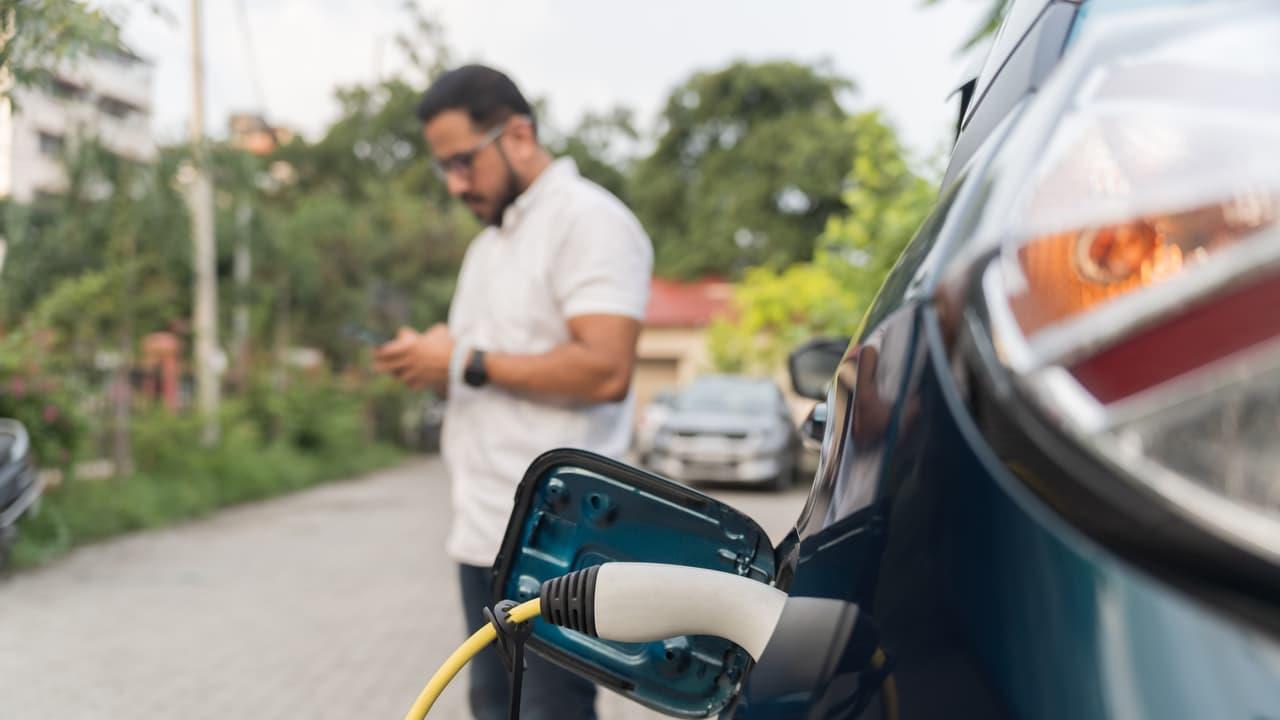
India's EV Transformation: Can It Overcome Battery And Cost Hurdles?
India's EV revolution is picking up pace, driven by government initiatives like FAME-II, tech innovation, and rising eco-awareness. However, high battery costs, limited charging infrastructure, and dependence on imports remain major roadblocks.
If you have been on Indian roads lately, you have probably noticed it the quiet hum of electric scooters, the sleek new EV cars, and the buzz around sustainable mobility. India's electric vehicle (EV) revolution is not just coming; it's already here. But behind the shiny dashboards and zero-emission promises lies a bigger question: can India truly go electric at scale?
A recent study by researchers from Prasad Institute of Technology, Jaunpur, published in the International Journal for Research in Applied Science & Engineering Technology (IJRASET), takes a closer look at how EVs are changing India's transport ecosystem and what still needs fixing.
India's roads are transforming. From e-rickshaws zipping through narrow lanes to new EV cars lighting up showrooms, the shift is visible everywhere. Government incentives like FAME-II, tax cuts on EVs, and battery production-linked incentives have helped push sales forward. Environmental awareness and rising petrol and diesel costs have done the rest.
Experts say this momentum could make India one of the world's largest EV markets by 2030, a game-changer not just for the environment, but also for reducing oil imports and boosting domestic manufacturing.
But the journey is not as smooth as the ride sounds.
- Charging Anxiety: One of the biggest hurdles remains India's patchy charging network. Outside major cities, finding a reliable charging point can still feel like hunting for Wi-Fi in the desert. High Price Tag: EVs may save fuel, but they burn a hole in the pocket initially. Battery costs still make them expensive for middle-class families. Battery Troubles: From slow charging to limited range, batteries remain the heart and headache of the EV ecosystem. Awareness Gap: Many potential buyers simply don't trust the tech yet, fearing maintenance hassles and battery replacements. Limited Options: Affordable models are few, especially in the four-wheeler segment, where buyers still prefer traditional engines.
Despite the speed bumps, the study points to enormous potential.
If the government and industry keep working together, India could become a global hub for EV manufacturing, battery recycling, and clean tech innovation.
More localized charging infrastructure, better battery research, and public awareness drives could make EVs not just aspirational, but accessible.
"Electric vehicles are not just machines," the researchers write, "they are tools for environmental and economic transformation."
India's EV journey mirrors its larger story ambitious, challenging, but full of promise. With every scooter sold and every charging station built, the country takes one step closer to cleaner air, quieter roads, and sustainable growth.
The real victory, experts say, will come when EVs stop being "the future" and become just another part of everyday India as common as the sound of traffic in the morning.
Legal Disclaimer:
MENAFN provides the
information “as is” without warranty of any kind. We do not accept
any responsibility or liability for the accuracy, content, images,
videos, licenses, completeness, legality, or reliability of the information
contained in this article. If you have any complaints or copyright
issues related to this article, kindly contact the provider above.


















Comments
No comment